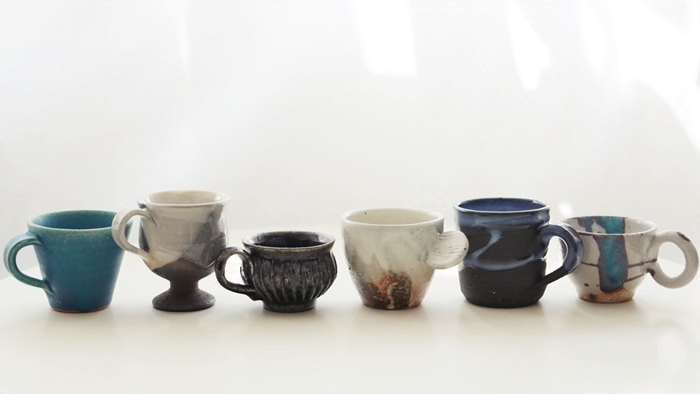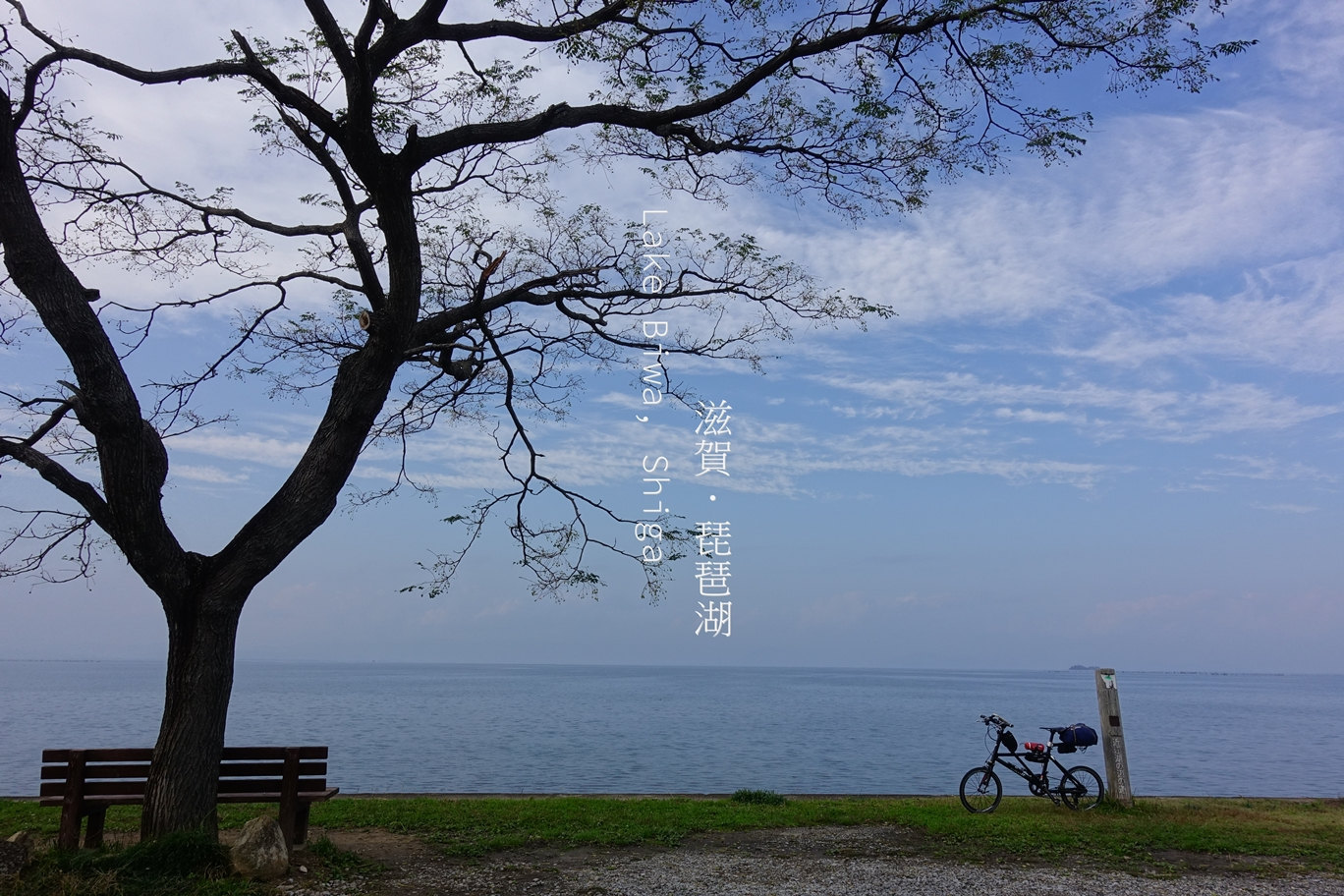You might have already heard of or watched the Japanese drama Scarlet (Sukāretto), which first aired in Japan in late September 2019. The show has a special place in my heart, as it’s based on the true story of ceramic artist Kiyoko Koyama (神山清子) and the pottery of Shigaraki ware (信楽焼).
Scarlet follows the protagonist, Kimiko, as she pioneers a path for women in the male-dominated field of Japanese ceramics in the post-WWII era. Shigaraki is located in Japan's Shiga Prefecture, situated near the vast Lake Biwa. If you imagine Lake Biwa as a clock face, Shigaraki would be nestled around the 5 o'clock position.
My Love Affair with Shigaraki Clay
My passion for Shigaraki ware is clear on the shelves of my little shop—most of the Japanese coffee cups I offer are authentic Shigaraki pieces from Shiga. Even my personal work (Shannon’s Pottery 山能作) sometimes incorporates Shigaraki clay imported directly from Japan! I always feel that holding one of these cups and exploring Lake Biwa, Japan’s largest lake, just makes sense.
In the first episode of Scarlet, Kimiko's family moves to Shigaraki from Osaka. Her father, looking out over the immense, sea-like Lake Biwa, encourages everyone to gaze as far as they can, claiming the "sea-like lake broadens the mind." I couldn't agree more. I remember being completely absorbed in the scene, feeling like I was running toward the lake with Kimiko.
Interestingly, during the original 2019 Japanese broadcast, I was actually at Lake Biwa in October, cycling around it. That trip allowed me to process the year's joys and sorrows and let them go by the water. To this day, the beautiful scenery is a comforting reminder of that time.
The Secret of Shigaraki Soil
When Kimiko first arrives in Shigaraki and goes to school, she meets a potter. The potter gives her some clay and asks if she knows what makes the soil of Shigaraki special. Young Kimiko, of course, doesn't know.
Let me answer for her! Shigaraki soil is renowned for its rough, sandy texture and high iron content, giving the finished pottery its distinctive earthy tones, unique texture, and natural beauty. This original, heat-resistant, and insulating clay is often only minimally filtered before use. When fired, you can see white substances, like feldspar, speckling the surface—a testament to its unadorned, natural state.
This rough, imperfect appearance is a perfect expression of Japan’s wabi-sabi aesthetic.
Shigaraki ware has been highly prized throughout Japanese history, especially for tea ceremony utensils. Whether I’m selling my handmade Shigaraki coffee cups at markets or through the online shop, I consistently receive endless praise for the warmth and character of these ceramic cups.

Please visit my online shop -> Japanese Pottery

Please visit Shannon's Pottery 山能作
I hope that through the joy and passion of Kimiko’s story, you can feel the enthusiasm of the potters and the enduring beauty of handmade Shigaraki pottery. Please come and appreciate their warmth in the palm of your hand!
References:-
《日本陶瓷器入門》 (Introduction to Japanese Ceramics) by Nobuyoshi Matsui (松井信義)
With love,
Shannon
Written in Cantonese -> 店長 😊
Please visit my online shop: Day Dreaming Shop
Please follow my social platforms:
IG~
Etsy Shop: DayDreamingZakka

